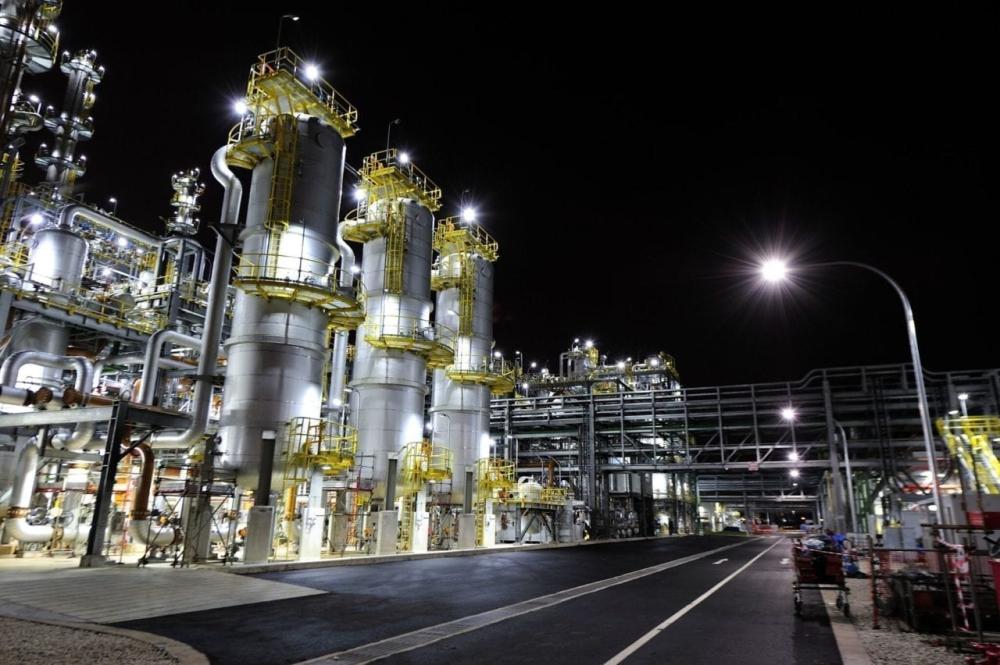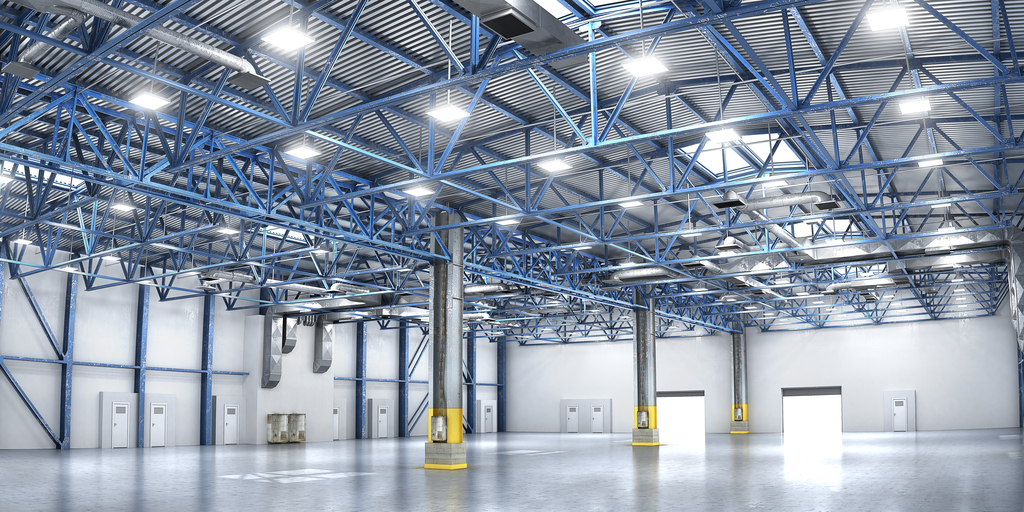
Introduction to factory lighting
Having the right lighting for your factory or warehouse is crucial. Industrial spaces are often large and operate in different ways and due to high ceilings, large spaces and narrow corridors, industrial spaces can be a challenge for lighting, so it is essential to ensure that effective and appropriate lighting solutions are installed, in order to achieve success. Manufacturing processes operate safely. Every factory needs to operate efficiently and for this to happen, the structure it is housed in must have all of its components in the best condition.
Lighting in a factory is so important that a factory cannot be operated without lighting. Lighting a factory space as large as the interior of a factory can act as a huge truss, but you still have to worry about the increasing costs of energy and electricity bills, taking into account Considering the end result, you need cost-effective plant lighting that provides your space with the right amount of light
Not only is factory lighting important for employers to clearly see what they are doing, but good lighting is also important for safety and security. Well-lit factories also improve the work atmosphere compared to a poorly lit space. Proper lighting helps create a safe work environment. Proper lighting can Prevent accidents and improve the overall health and safety performance of the organisation. Choosing the right lighting solution is essential to the success of a wide range of tasks. Proper lighting will complement your working conditions and will have a positive impact on the performance and productivity of your workforce.
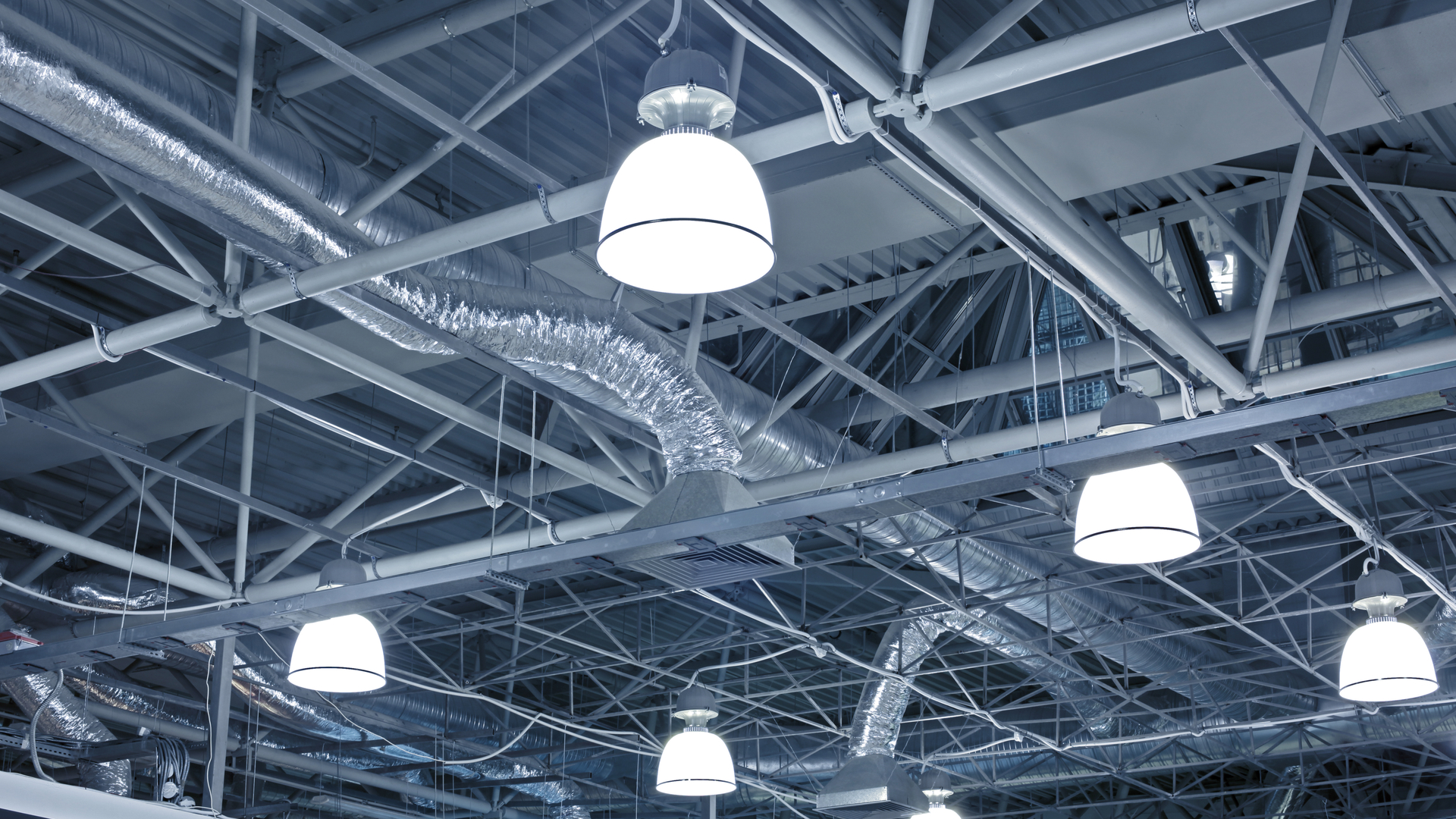
Types of lighting used in factories
There are two types of lighting based on the plant space you have
The first type consists of long narrow rows of lighting , and is often found in factories that contain long units of the machine evenly spaced. You will find this type of lighting ideal for their spaces. This type of lighting focuses on the machine or equipment that needs lighting.
“ V” is the second type of shaped lighting distribution
This type of lighting works well for factories with open floor plans that need widespread lighting. This type of model uses square or round fixtures that distribute the light in an array. Once we take a look at your space, we will be able to better guide you on what type of lighting will work best. for your factory
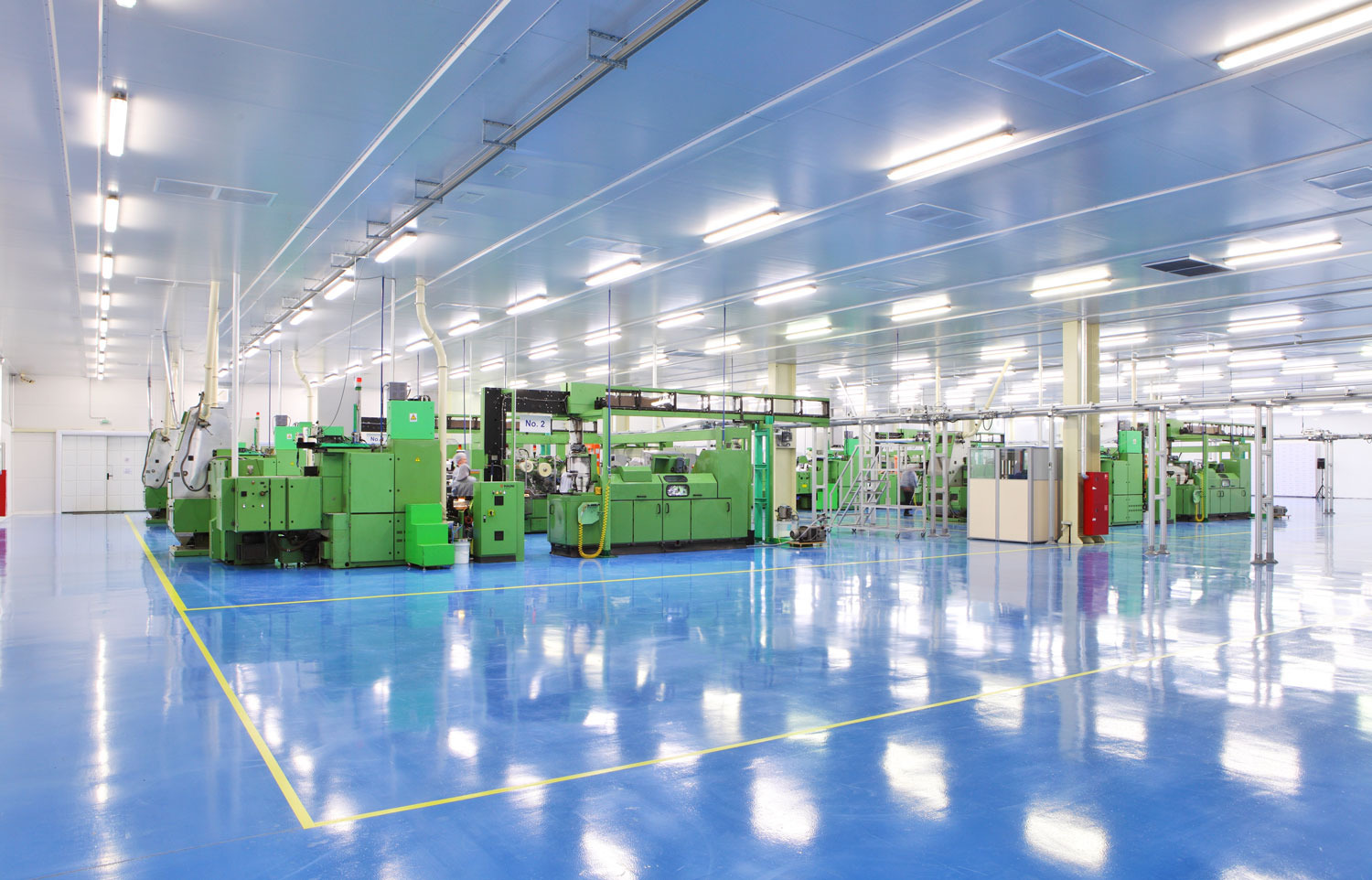
The most important elements that you must consider when purchasing any flashlight
It is necessary to conduct comprehensive research regarding any product you are thinking of purchasing, especially flashlights for “high-bay” factories. Here are the most important elements that you must know before purchasing any flashlight.
Do not judge the flashlight by its consumption, but by its illumination intensity
This is because more efficient flashlights consume less energy to produce the same lighting. This depends mainly on the type of LED used in the flashlight. It is preferable in your choice that the LED be a brand known for its quality, such as (Philips - Osram - Samsung - Bridgelux) to ensure a long life span for the flashlight.
Check the efficiency of the flashlight's lumen
The luminous effectiveness is measured in lumens per watt, and it actually helps measure the efficiency of the flashlight. The higher the luminous effectiveness, the greater the intensity of the lighting. Since energy bills are calculated in the form of watts, you can get stronger lighting and less electricity consumption, which will benefit you. .
Check the protection rating
Also look for a high-rated protection tray, which means that the floodlight is equipped with a high degree of protection against water jets and the ingress of dust and dirt. You must know the capacity that your floodlight can withstand well. The higher the floodlight’s degree of protection, the more it is equipped with internal gaskets that insulate it internally. Regarding the external atmosphere, the better. The IP factor is expressed in two numbers (the highest value is 68). The closer it is to 68, the better.
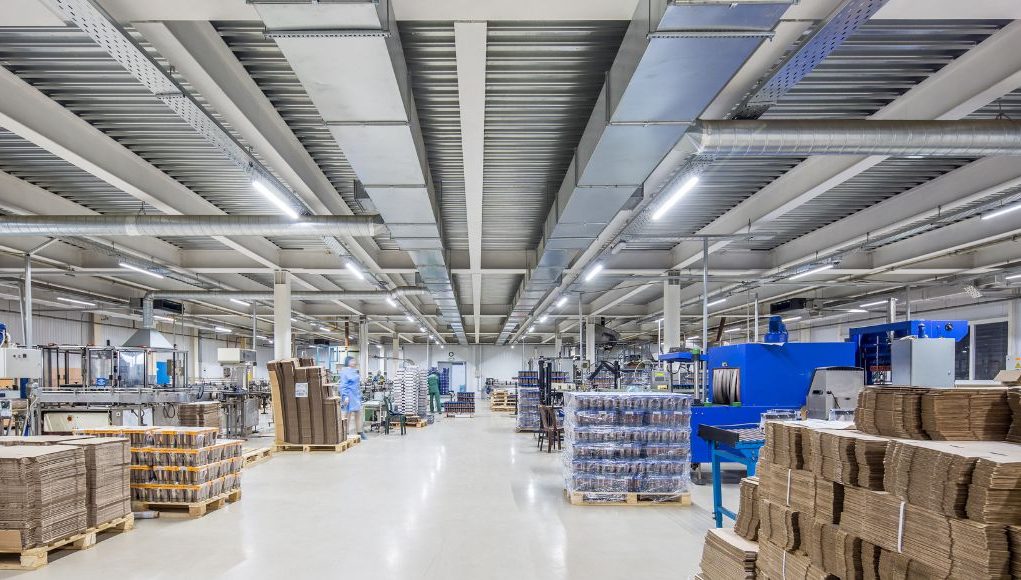
Cooling the LED inside the spotlight - heat sink
One of the very important things for a high-quality flashlight is the cooling speed of the LED inside the flashlight. You may be wondering how the LEDs are cooled inside the flashlight when it is isolated from the air and inside a glass or cover.
Simply put, there is an essential element in any LED lighting source (bulbs - flashlights) called the heat sink (heat sync), and it is a major reason for the longevity of the LED. It draws the temperature from the LEDs inside the bulb through a coolant, and then the heat is cooled. In the outside atmosphere
If the cooling was bad and not fast, the LEDs would become hotter, their lifespan would be shortened, and they would be damaged in a short time. The heat sync of the flashlight is represented by the body of the flashlight and it is made of aluminum strips. When purchasing, you must make sure of the quality of the heat sync and the weight of the flashlight, as the flashlight it contains is heat. A good sync contains heavier aluminum than similar flashlights of poor quality
Power Factor - Power Factor
When you purchase a lighting unit, you will notice within the product specifications that there is a value ranging between 0 to 1 called the power factor. The power factor expresses the ratio of the effective power, which is represented by the amount of electrical energy consumed that is used to operate various devices and lighting, to the apparent power, which is The total electrical capacity truly benefits the electrical device
Simply put, there is ineffective power that is wasted without benefit between what the electrical device draws and what it produces. If the power factor ratio is less than 0.6, this indicates that the product has poor efficiency and is drawing additional current that exceeds the need used by the device. Conversely, the power factor is at a high value. Greater than 0.8 indicates that most of the total capacity is being utilized in a real and effective manner, and the closer the power factor is to 1, the greater the utilization of the total capacity in a real and effective manner, and this is preferable.

